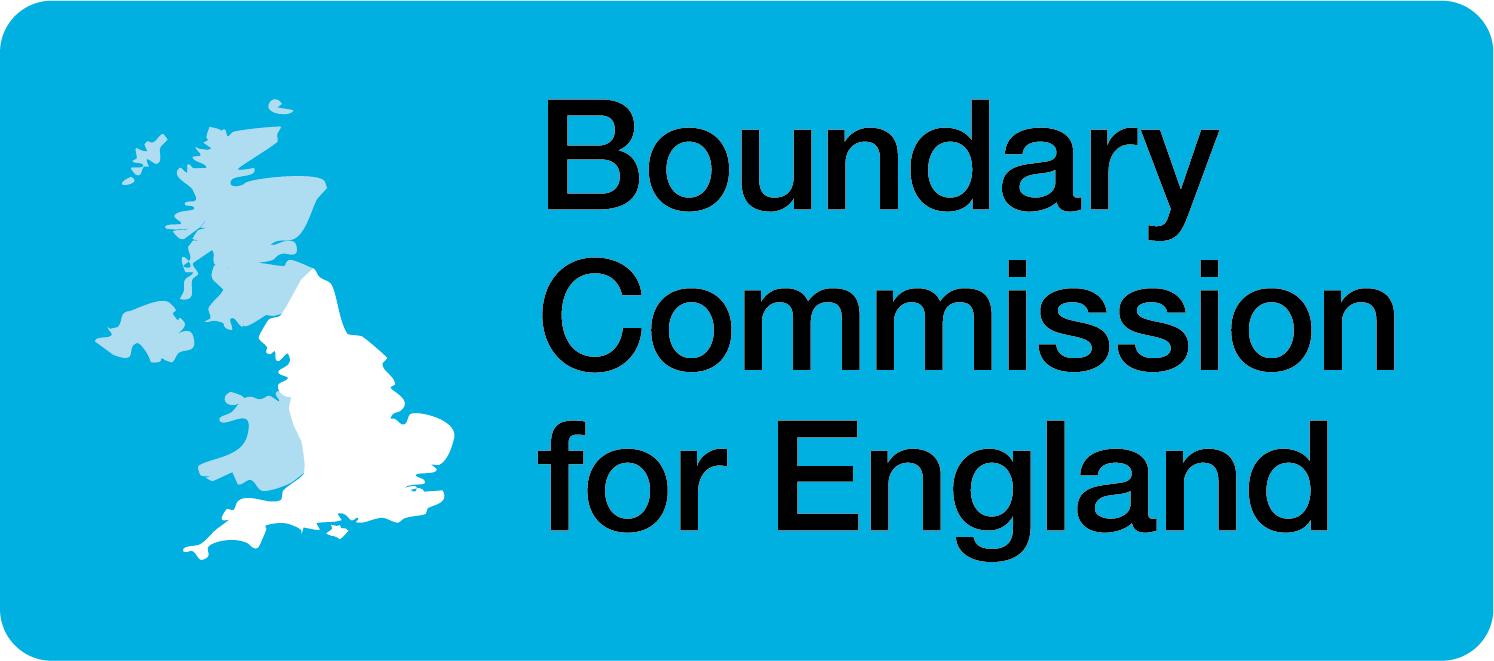Appendix: Legislation
The following is taken from Schedule 2A to the Parliamentary Constituencies Act 1986, and includes amendments put in place by the 2020 Act.
SCHEDULE 2A
PUBLIC HEARINGS ABOUT BOUNDARY COMMISSION PROPOSALS
Purpose of hearings
1. The purpose of a public hearing is to enable representations to be made about any of the proposals with which the hearing is concerned.
Number of hearings
2. (1) In relation to any particular report under section 3(1)(a) of this Act –
a) the Boundary Commission for England shall cause at least two and no more than five public hearings to be held in each English region;
b) the Boundary Commission for Scotland shall cause at least two and no more than five public hearings to be held in Scotland
c) the Boundary Commission for Wales shall cause at least two and no more than five public hearings to be held in Wales
d) the Boundary Commission for Northern Ireland shall cause at least two and no more than five public hearings to be held in Northern Ireland.
(2) The public hearings in an English region shall be concerned with proposals for that region, and shall between them cover the whole region.
(3) The public hearings in Scotland shall be concerned with proposals for Scotland, and shall between them cover the whole of Scotland.
(4) The public hearings in Wales shall be concerned with proposals for Wales, and shall between them cover the whole of Wales.
(5) The public hearings in Northern Ireland shall be concerned with proposals for Northern Ireland, and shall between them cover the whole of Northern Ireland.
Chair of hearing
3. For each public hearing the Boundary Commission concerned shall appoint a person to chair the hearing.
Length of hearings
4. A public hearing shall be completed within two days.
Procedure at hearings
5. It is for the chair of each public hearing to determine the procedure that is to govern that hearing.
6. The chair shall make arrangements for a public hearing to begin with an explanation of –
a) the proposals with which the hearing is concerned;
b) how written representations about the proposals may be made (as mentioned in section 5(1)(a), (4)(b), or (5)(c) of this Act).
7. (1) The chair of a public hearing must allow representations to be made –
(a) by each qualifying party;
(b) by any other persons (whether individuals or organisations)
considered by the chair to have an interest in any of the proposals
with which the hearing is concerned.
Paragraph (b) above has effect subject to sub-paragraph (3)(b) below.
(2) The chair may restrict the amount of time allowed for representations –
a) by qualifying parties, and
b) by other persons, and need not allow the same amount to each.
(3) The chair may determine –
(a) the order in which representations are made, and
(b) if necessary because of shortage of time, which of those wishing to make representations are not allowed to do so, in whatever way the chair decides.
8. (1) The chair may put questions, or allow questions to be put, to a person present at the hearing.
(2) If questions are allowed to be put, the chair may regulate the manner of questioning or restrict the number of questions a person may ask.
Interpretation
9. In this Schedule –
“the chair” means the person appointed under paragraph 3 above;
“English region” means a region specified in rule 5(2A) of Schedule 2 as the region existed on the day referred to in rule 5(2) of that Schedule;
“public hearing” means a hearing under section 5(1)(b) of this Act;
“qualifying party” means a party that is registered under Part 2 of the Political Parties, Elections, and Referendums Act 2000 and either –
(a) Has at least one Member of the House of Commons representing a constituency in the region, or (as the case may be) the part of the United Kingdom, in which the hearing is held, or
(b) Received at least 10% of the votes cast in that region or part in the most recent parliamentary general election.
